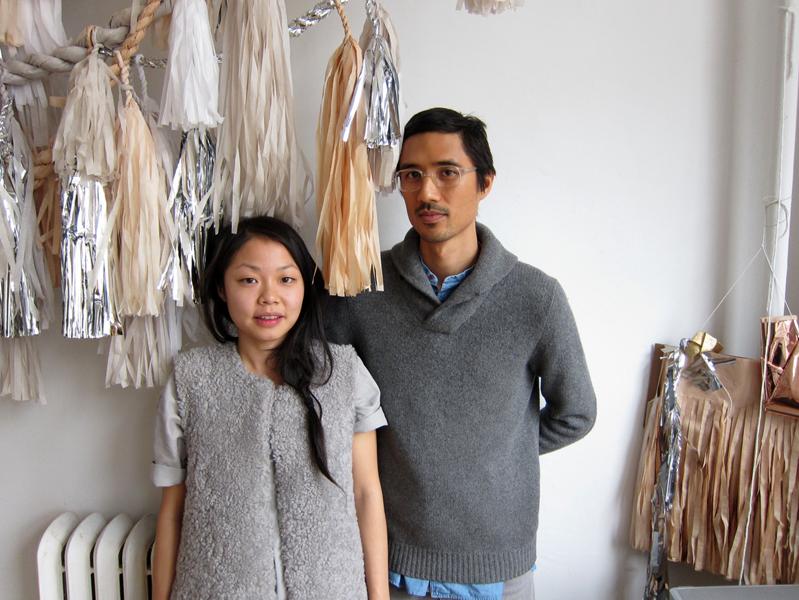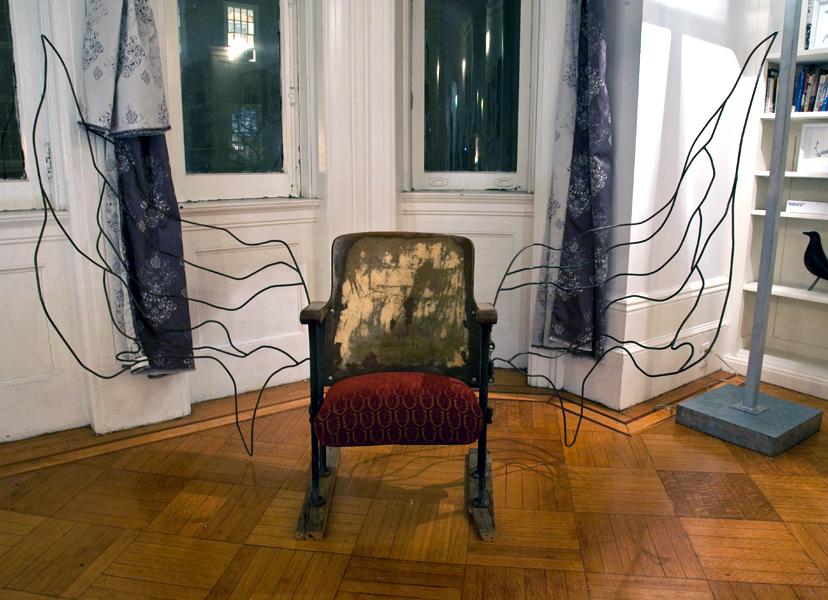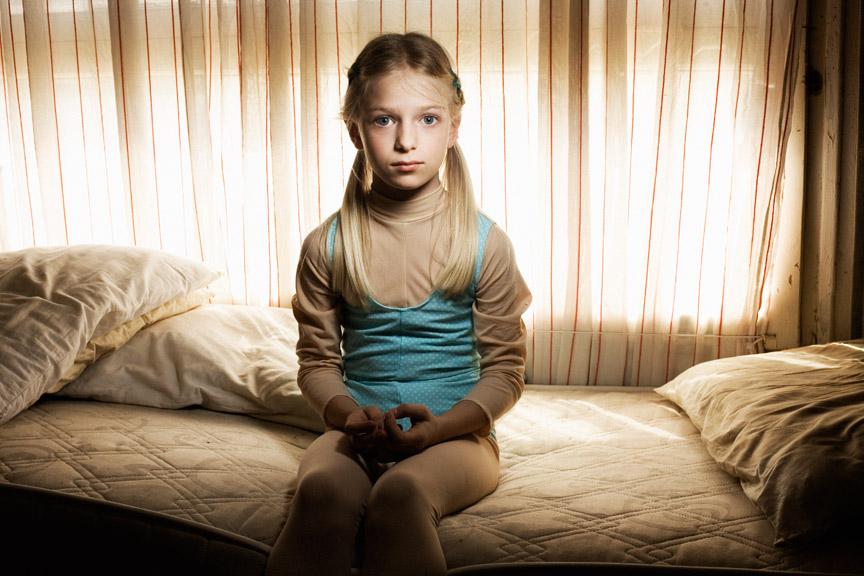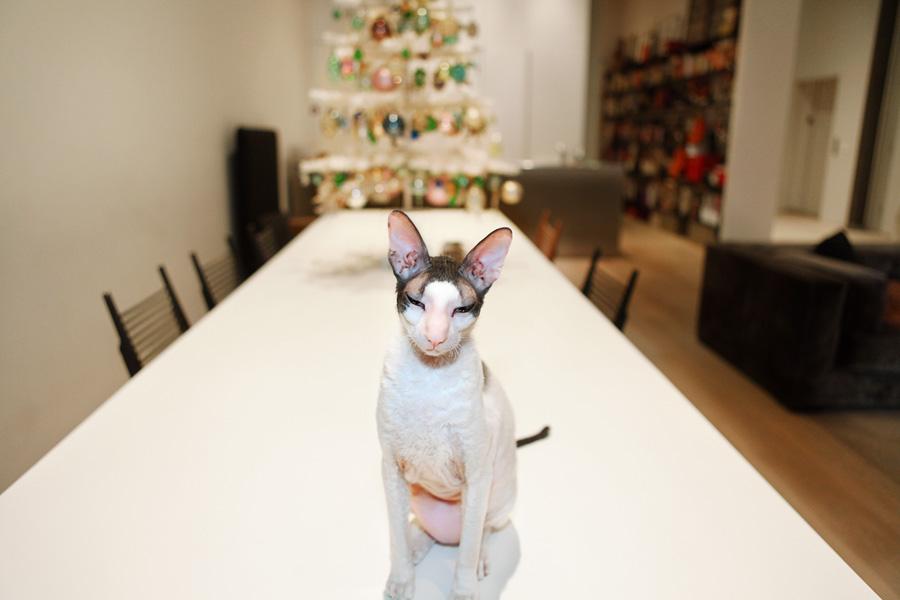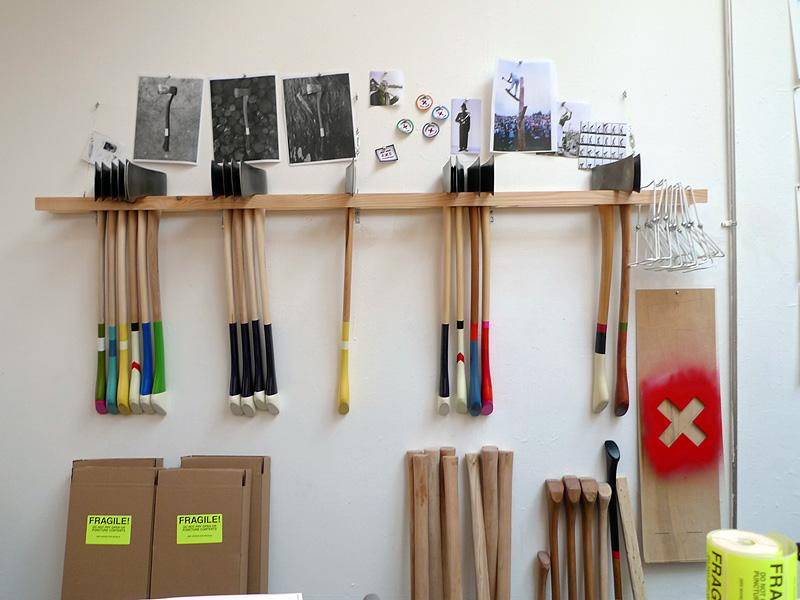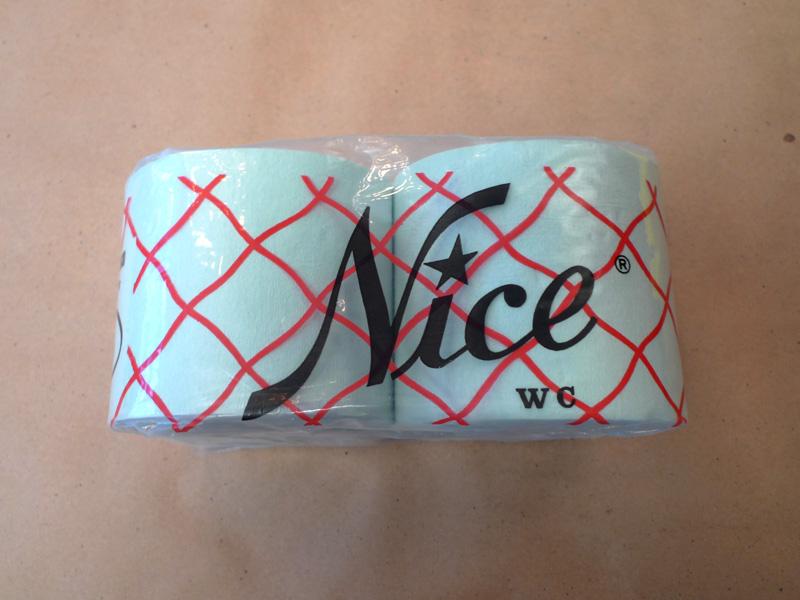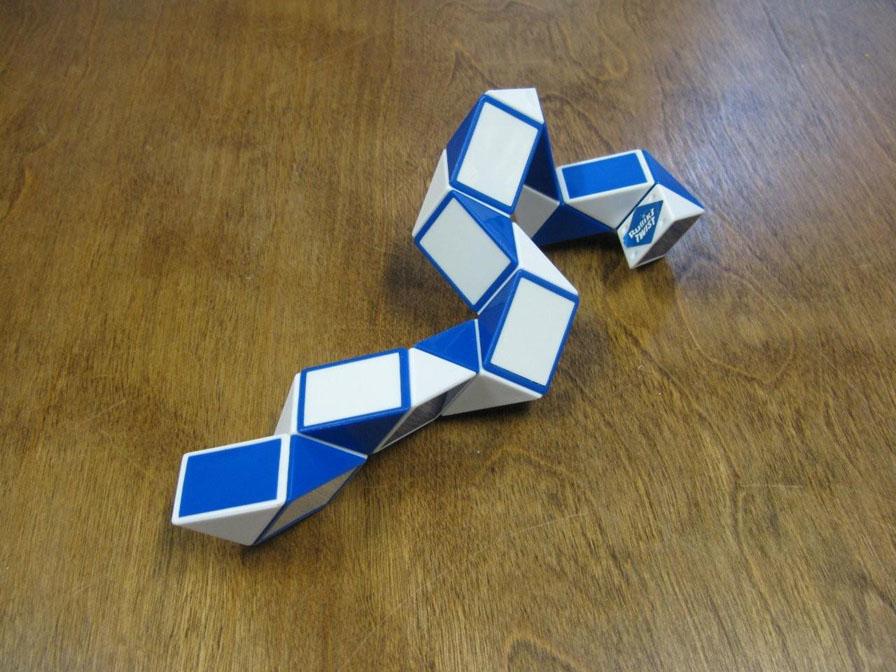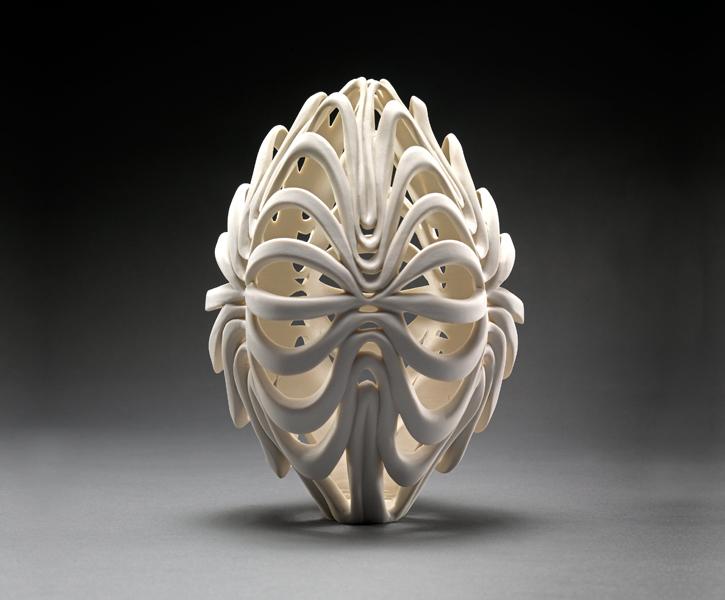
04.09.10
8 Things
David Alhadeff, Owner of The Future Perfect
As design-store owner Dave Alhadeff sees it, there’s a distinction between the kinds of craftspeople he is and isn’t interested in: The latter make objects primarily to show off their manual skills, while the former are motivated by a larger concept, a wish to make tangible some abstract artistic meaning. Carving toothpicks into forest animals? Skills. Carving porcelain into vases so mind-bogglingly intricate they appear to be made by machine? Concept. A subtle difference, but one that helps it seem slightly less absurd to picture Alhadeff — who runs The Future Perfect, one of New York’s most well-respected purveyors of contemporary design — roaming the aisles of a Westchester craft fair, chatting up potters and glassblowers. Concept, he explains, is what builds a bridge between pure craft and design.

